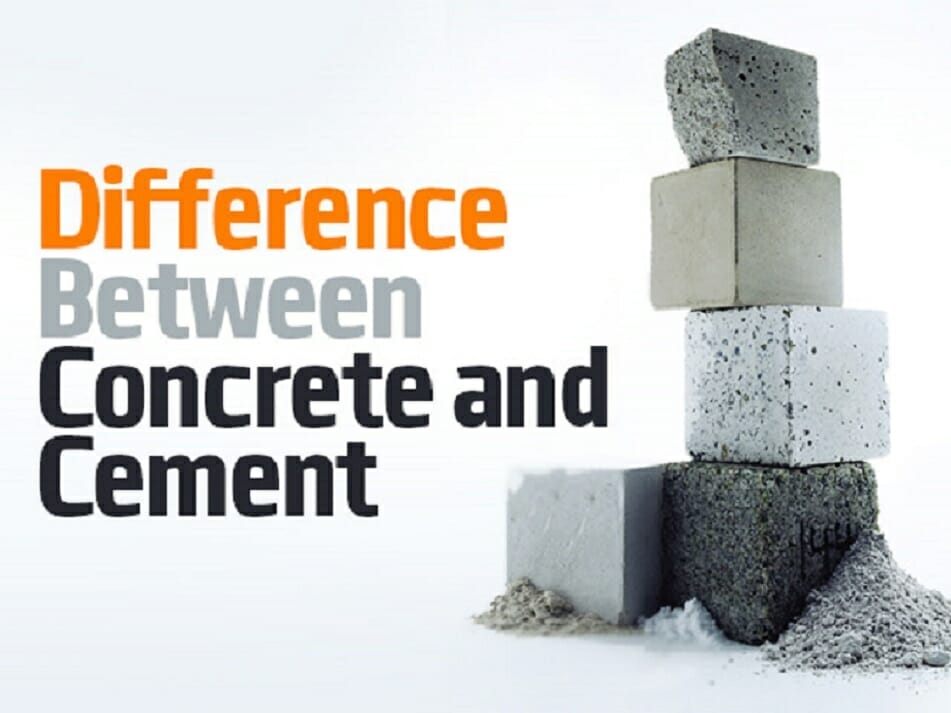Slag, or those stony matter which usually consists of a mixture of silicates with calcium, phosphorur, and sulphur, is regarded as waste or left over after a metal has been separated from its raw ore. But it’s not really waste now after scientists found a way to make use of this material in road construction.
Researchers at the Energy Efficiency Center of the National University of Science and Technology (MISIS) in Moscow, Russia have developed an energy-efficient technology which produces a wide range of soil modifiers, clinkerless cements to be exact, from slag.
Such material is developed without the need for high-temperature calcination, and only ground and mixed together with additives.
The technology makes clinkerless cements with a strength comparable to Portland cement even up to type M600. It also allow for a much “smoother” curve of strength gain and higher sulfate resistance, which has its advantages when it comes to soil stabilization and strengthening.

Photo via Healthy Lakes.org
“With new cohesive materials for soil stabilization, it is possible to produce cement by mixing local soil, water and just 4-6 percent of the modifier right on a road construction site,” said Stanislav Mamulat, head of the Center for the Development of Corporate at NUST.
“This is how the new method differs from the traditional one, which requires the soil to be cleared and sand and gravel is delivered instead to the construction site, or to a cement plant, to be used together with 100 kilograms of cement per cubic meter of concrete. It means that roadbed construction may cost 33-50% less,” he added.
The lab where Mamulat works has been working on different mineral binding materials like ash, slag, slop, phosphogypsum and other waste to be used in industries.
Its recent invention which produces clinkerless cements are intended to lower the cost of road construction, improve the quality of roads, and reduce the pressure on the environment.
“The industrial waste we tested and found most suitable for use in soil modification are those which occur most commonly in our economy,” Mamulat shared.
“Energy, metallurgical and chemical companies produce hundreds of millions of tons of (metric) waste every year. By using this waste to strengthen the soil, we can lower the cost of regional and inter-regional roads and increase their durability, while also solving environmental problems in the regions,” Mamulat added.
Source: Sputnik News


















